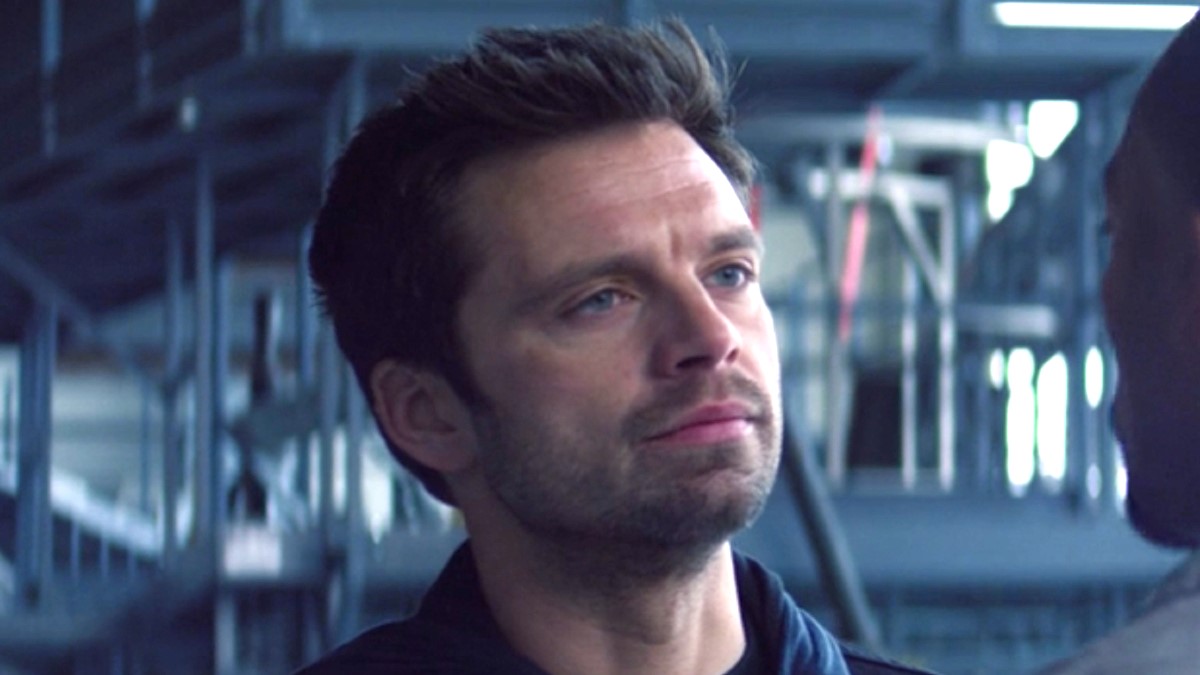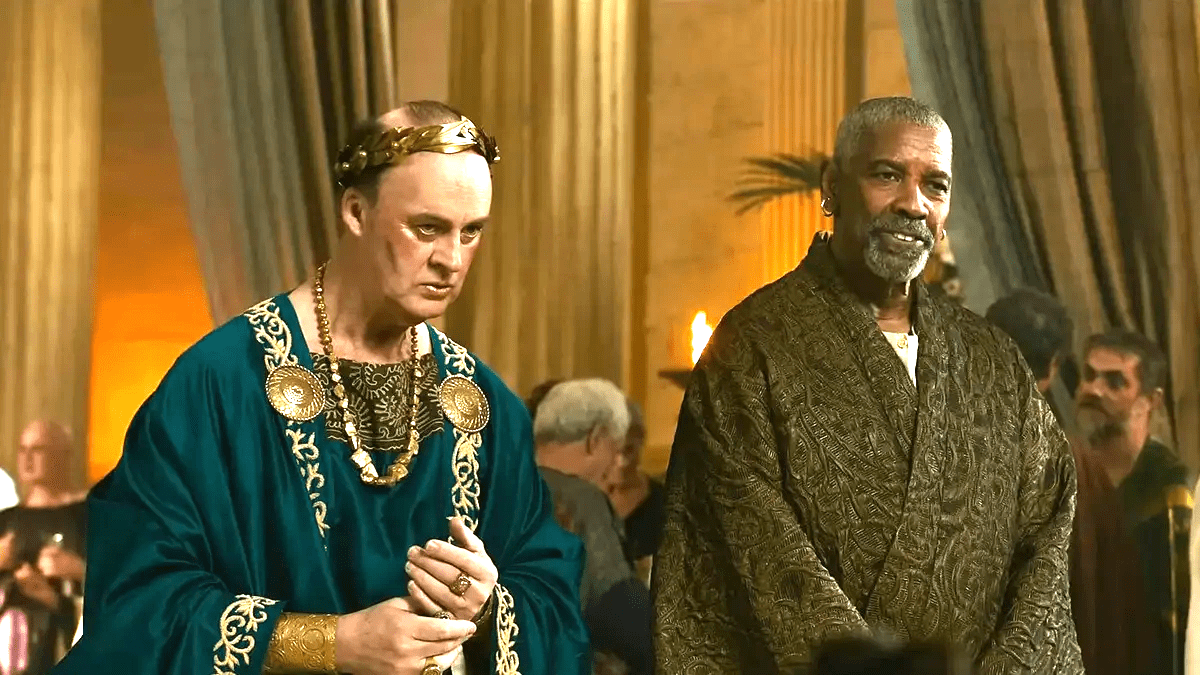
Woody Allen’s Blue Jasmine stands tall among the best of the iconic writer/director’s latter-day works, possessing a rich thematic resonance and depth of characterization that rivals both 2011’s Midnight in Paris and 2008’s Vicky Christina Barcelona. That Blue Jasmine is also politically and socially topical, something that can rarely be said of Allen’s films, may place it into an even higher echelon for some viewers. Personally, I feel no need to rank or classify – having a new Allen film every year is always a thrill. Sometimes they land, and sometimes they do not; it just so happens that Blue Jasmine hits the mark entirely, and leaves a lasting impression as strong as anything I have seen this year.
Cate Blanchett, giving what could very well be the performance of her career, stars as Jeanette Francis – or Jasmine French, as she now calls herself – a formerly wealthy New York socialite forced to move in with her middle-class sister in San Francisco after her husband (Alec Baldwin) is arrested for severe financial crimes. The film is predominantly set in the present, following Jasmine as she struggles (and mostly fails) to build a new life for herself, but also features frequent flashback’s to Jasmine’s former life of privilege as it gradually dissolves around her. While an adventuresome structure helped to sink last year’s To Rome With Love for me (here’s my review), Blue Jasmine is an absolute master class in dual-chronology narrative construction, with each flashback perfectly paced and delivered to deepen our understanding of Jasmine’s present-day state, and all the present-day material constantly feeding back into our understanding of the past. It all comes together into the tightest and most impactful third-act of Allen’s recent output, with an ending that is simultaneously hilarious – in a pitch-black, darkly ironic way – and haunting.
In fact, this is on the whole the most predominantly dramatic film Allen has made in quite some time, one that is certainly funny throughout, but also small-scale and down-to-earth in its approach to character, interpersonal relationships, and even dialogue (Allen dialogue will always be wall to wall, and blessedly so, but the writing here is noticeably less dense than usual, and scenes have greater room to breathe as a result). The film is even, as noted above, politically conscious, with the notion of white-collar financial crime (think of Bernie Madoff as a real-world equivalent to Jasmine’s ex-husband) serving as the starting point for much of what happens to these characters. It is an interesting evolution for Allen, who included some throw-away lines or small comedy bits about contemporary political and economic issues in Midnight in Paris and To Rome With Love, but has not, for at least quite some time, tackled any of those ideas directly. Blue Jasmine is not overtly political, but in using a topical backdrop as a springboard to character study, Allen allows himself to muse compellingly on the lives of people who attain privilege through illegal means, and what happens to them when the money dries up.
With this in mind, what I find most surprising and refreshing about the film is that Jasmine, at the heart of everything that happens to her friends and family, is in no way depicted to be an innocent person, and only painted as a victim in regards to her husband’s cheating ways. Allen never lets Jasmine off the hook for being selfish, insensitive, and utterly self-destructive – and yet, the more despicable things she does, the more I, for one, came to care for and empathize with her. Even sympathy is occasionally in the cards, especially during the final stretch. That such a response can be had to a character who profited from (and turned a blind eye to) the sort of financial crime that hit our nation hard seems impossible on paper, but Allen and Blanchett make it a reality by presenting her as someone intensely and uncomfortably human.
I think the most important and intriguing thematic points the film makes are about how the demands of living within (and, more importantly, maintaining) a sphere of wealth and privilege can destroy a person just as savagely, if not more so, as the stress of poverty or middle-class hardship. That is not Allen whining for the sake of rich people – far from it. He is instead exploring how much emptier a life of unchecked materiality – coupled with a dichotomous lack and surplus of responsibility, in various forms – can be. One of the core questions the film asks, through Jasmine’s arc, is who and where a wealthy person might turn to when they are cast out from the top, especially when the top is such a small social sphere to begin with. There is a sad, empty loneliness to the 1% as depicted here – most notably in Jasmine’s relationship with another rich man in San Francisco, a better person than her husband but one who nevertheless seems to only want a wife to complete his ideal material collection – and that emotional state is enthralling to study. Allen’s intent is not, I believe, to demonize the rich, or to paint people of privileged walks of life in broad, callous strokes (as he did to humorous effect with the Rachel McAdams character and her parents in Midnight in Paris, for instance), but to instead look at the dark side of a wealthy lifestyle as a means to understanding larger political, social, and most importantly, character-based issues.

For Blue Jasmine is, at its heart, a character study, and a really tremendous one at that. There is so much more to analyze with Jasmine than her lost social status, as Allen and Blanchett are uncompromising in illustrating her as a fascinating, gradually unwinding bundle of neurosis, quirks, and interpersonal deficiencies (Jasmine would give any male Allen protagonist, no matter how neurotic, a serious run for their money). Watching her deal with rapidly changing circumstances is endlessly compelling, as she is a truly multi-dimensional, deeply layered creation, one who is peeled further and further apart until the film’s very last frame, at which point there may be nothing left.
Blanchett, for her part, seems to give as much as any person could to this role, delivering a performance of awe-inspiring depth and intricacy. Her ability to switch instantaneously from presenting an innate, deep-seated beauty – one that appears to extend both inward and outward in an all-encompassing aura – to projecting an equally entrenched rage and discomfort – all expressed through the eyes, which seem to ignite with a terrifying, fiery blaze when Jasmine goes to dark places – is astounding. At times, Jasmine seems to be two very different people, and yet Blanchett is still able to center the character somewhere between these two extremes, somewhere sad and lost and confused, ungrounded and drifting, lashing out with beauty and with anger as an instinctual, unconscious defense mechanism.
If all Blue Jasmine had to offer were this one great character and one terrific performance – I am calling this year’s Best Actress Oscar now for Blanchett – it would certainly be enough. And yet there is so much more to the film, with Allen’s script providing a plethora of fascinating, three-dimensional figures, each inhabited by performances of powerful, disarming naturalism. When I say the film is a character study, I refer not only to Jasmine, but to all the people in her life, many of whom have individual arcs that could sustain very strong movies on their own.
As Jasmine’s middle-class sister, Ginger, Sally Hawkins is in many ways responsible for grounding the film in reality; it is not a performance likely to garner much acclaim, as it is one of the least ‘flashy’ in the film, but her work is absolutely essential to making the film function. Andrew Dice Clay and Bobby Canavale, meanwhile, are both revelations as the past and present men in Ginger’s life, each playing some extremely challenging beats to emotionally devastating effect. And as always, it is a joy to see how many great character actors Allen has employed to flesh out the smaller characters, with performers like Alec Baldwin, Michael Stuhlbarg, Peter Saarsgard, and Louis C.K. giving rich, vibrant life to every arm of the film, no matter how minute.
Blue Jasmine also features some of the most gorgeous, evocative cinematography of Allen’s career. In a rare move for the director, the film is shot in the anamorphic 2.40:1 ratio, and studio directors who insist on using this framing without any knowledge of how to employ it should pay attention to how Allen and cinematographer Javier Aguirresarobe use their space. Nothing about the image is cramped or crowded, but every frame is nevertheless abundant with detail, rich with color and bursting with character. It is classical cinematography through and through, and a particularly accomplished example of how to use a widescreen frame to immerse the audience in the world of the film. And though this is not one of Allen’s ‘travelogue’ films, its sterling use of the San Francisco setting still proves Allen to be one of the best filmmakers working today at utilizing a location for maximum value.
But then again, every element of Blue Jasmine shows Woody Allen to be on top of his game – able even, at this late stage in his career, to deliver something that feels a little unlike anything he has done before. Blue Jasmine is a triumph for all involved, and one of the most rewarding cinematic experiences of 2013 to date.





Published: Aug 9, 2013 09:12 pm